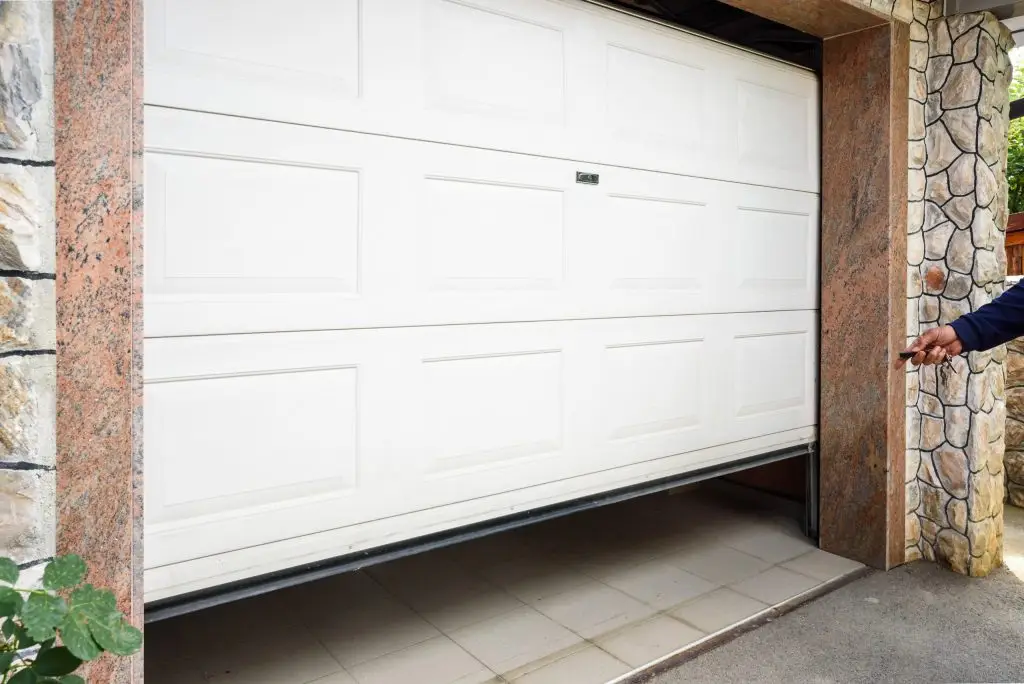Master the Art of Garage Door Insulation for Energy Savings

A Comprehensive Guide to Garage Door Insulation for Energy Efficiency
Maintaining a well-insulated garage door not only boosts your home’s energy efficiency but also enhances comfort by keeping temperature fluctuations at bay. Whether you’re looking to reduce heating costs in the winter or maintain a cooler environment in the summer, upgrading your garage door insulation is a worthwhile investment. Here’s a detailed guide to help you navigate the ins and outs of garage door insulation.
Why Insulate Your Garage Door?
A poorly insulated garage door can significantly affect the temperature regulation of your home, especially if your garage is attached. Insulation helps to:
- Save on Energy Bills: Insulating your garage door provides a thermal barrier, keeping the warmth in during winter and the heat out during summer, reducing the workload on your HVAC system.
- Enhance Home Comfort: By minimizing drafts and temperature variations, your living spaces, particularly those above or adjacent to the garage, stay comfortable year-round.
- Increase Door Durability: Proper insulation adds rigidity to your garage door panels, leading to less wear and tear over time.
Choosing the Right Insulation Material
Before diving into the installation process, selecting the appropriate insulation material is crucial. Consider these popular options:
- Polystyrene Panels: Known for their rigidity and ease of installation, these panels fit snugly into garage door frames, providing excellent thermal resistance.
- Reflective Foil Insulation: This option reflects radiant heat and is beneficial in warmer climates. It’s lightweight and installs with ease.
- Spray Foam Insulation: While more expensive, spray foam offers superior sealing capabilities, filling tiny gaps and crevices for maximum efficiency.
Steps to Insulate Your Garage Door
- Measure Your Door: Start by accurately measuring the sections of your garage door to ensure the insulation material fits properly.
- Gather Your Tools: You’ll need scissors or a utility knife, adhesive, or fasteners, depending on the insulation type.
- Cut and Install Insulation: Carefully cut the insulation material to fit each panel or section of the door. If using panels or reflective foil, secure them with the appropriate adhesive or fasteners.
- Seal Gaps and Joints: Use weatherstripping and caulk to seal any gaps around the door edges or joints to prevent air leaks.
- Test and Adjust: After installation, check the door’s balance and adjust the opener to accommodate the added weight if necessary.
Professional Installation
While insulating your garage door can be a DIY project, hiring professionals assures precision and efficiency, particularly with complicated materials like spray foam. A professional installer can evaluate your door’s condition and provide additional services like spring replacement or garage door panel replacement as needed.
Conclusion
Investing in high-quality commercial garage doors or residential options with good insulation can be a game-changer for your home’s energy management. For more tailored advice or immediate issues, consider our emergency garage service. By following these steps and considerations, you’ll effectively insulate your garage door and enjoy a more energy-efficient home. For installation assistance, reach out to our experts specializing in opener installation and other related services.
Need help with your garage door? Call us today at (888) 794-6420 to resolve any garage door issue fast!

